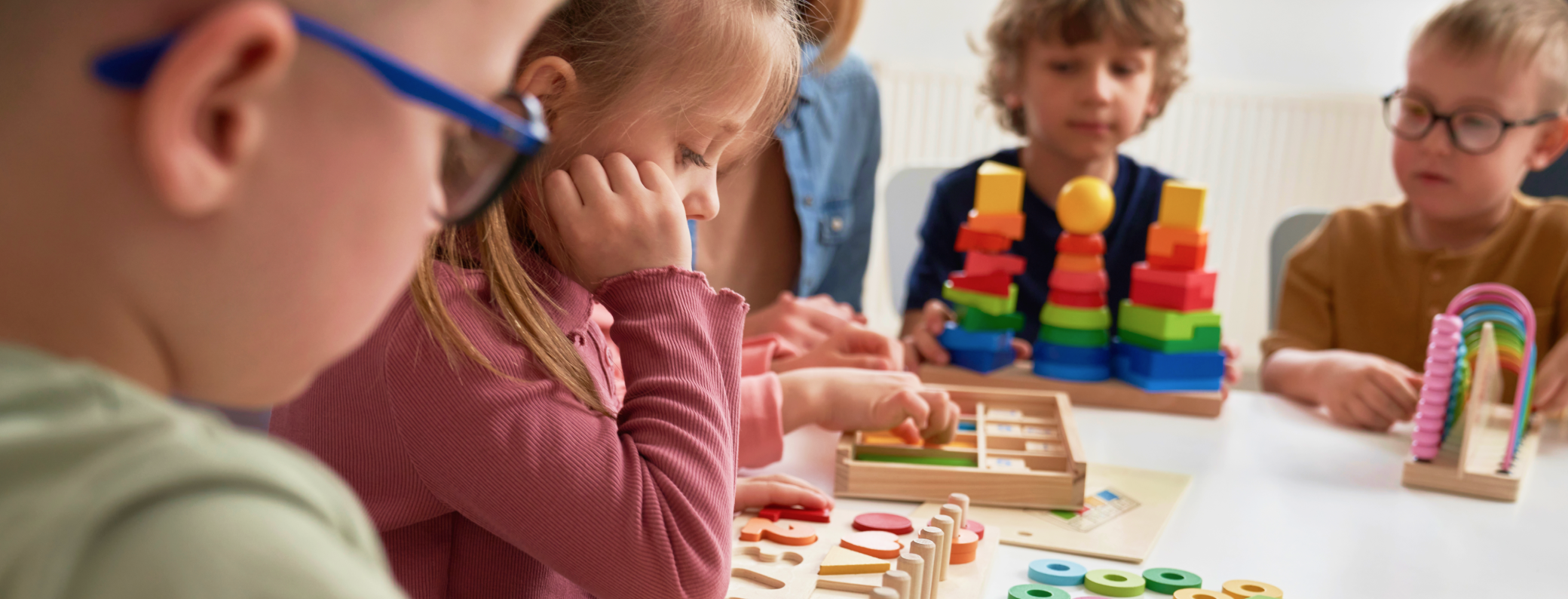Empowering childcare centres with tools to simplify operations and enhance outcomes
Automate payments, manage subsidies, and ensure financial accuracy with ease.
Effortless communication between families and educators for instant updates, messages, collaboration, and conversations.
Track, document, and celebrate every milestone in a child’s journey.
Simplify enrolment, manage waitlists, and track attendance effortlessly.
Streamline scheduling, performance tracking, and team communication.
Keep families informed with real-time updates and daily reports.
Discover how Parent can transform your childcare centre’s operations
Access a variety of tools, guides, and insights to help you get the most out of Parent
Download ready-to-use templates and activity sheets for your childcare center.
Stay updated with industry trends, expert advice, and childcare management tips.
Join live sessions or watch on-demand webinars for in-depth guidance and tips.
See how childcare centers like yours achieved success with Parent.
Find quick answers to the most common questions about Parent's features and services.
Get step-by-step support with articles, guides, and troubleshooting resources.


Montessori. It’s a word you might see on preschool signs, toy boxes, or parenting blogs. But what does it really mean? And why has this century-old approach to education remained so influential around the world?
In essence, Montessori is more than a method, it’s a philosophy of respecting and nurturing the whole child. It prioritizes independence, curiosity, and hands-on learning in thoughtfully prepared environments.
In this article, we’ll explore the roots of Montessori education, its key principles, what it looks like in practice, and how educators can begin implementing Montessori philosophies in early childhood settings.
Montessori education was developed by Dr. Maria Montessori, an Italian physician, educator, and pioneer in child development. In 1907, she opened the first Casa dei Bambini (Children's House) in Rome, where she closely observed how children learned best when given freedom within a structured, prepared space.
Her revolutionary insights were grounded in deep respect for the child and the belief that education should foster the development of the whole person, body, mind, and spirit.
Montessori children might serve themselves snacks, sweep up spilled rice, or choose their own work from low shelves. These practical life activities develop coordination, concentration, and confidence.
Materials like the pink tower, knobbed cylinders, and rough-and-smooth boards refine the senses, forming the foundation for cognitive development.
Children trace sandpaper letters, match sounds to objects, and count beads to internalize abstract concepts through tangible experience.
Social-emotional skills are taught intentionally. Children learn to greet others, resolve conflict peacefully, and practice mindfulness in daily routines.
Montessori values nature, culture, and creativity. Activities include gardening, seasonal observations, artist studies, and open-ended artistic expression.
Montessori teachers, often called guides, create the conditions for deep, self-driven learning.
They:
The educator’s role is one of gentle leadership, rooted in the belief that children can and will flourish when trusted.
Montessori’s holistic approach offers wide-ranging benefits:
You don’t need to overhaul your entire classroom or purchase expensive materials to begin integrating Montessori ideas. Start with mindset, then environment and routines. Here are steps educators can take:
These resources offer deeper insight into Montessori principles:
Montessori is not bound to special materials or school settings. You can bring its spirit into any space:
Montessori is not just about wooden toys or tidy shelves. It’s about believing in children’s immense capacity and giving them the tools to grow into peaceful, purposeful humans.
As Dr. Montessori said,
“The goal of early childhood education should be to activate the child’s own natural desire to learn.”
Let’s honor that desire, in our classrooms, our homes, and our hearts.
Let’s talk — book a quick, no obligation, walkthrough with our team
If you found this post helpful, explore our free webinars, activity library, and newsletter for more support in your early years journey.

Dana is an Early Childhood Educator, Former Centre Principal, and Curriculum Consultant. With a Master's in Education and a passion for revolutionizing early learning, she works with Parent to reimagine childcare, one thoughtful step at a time.